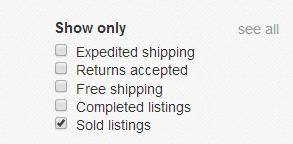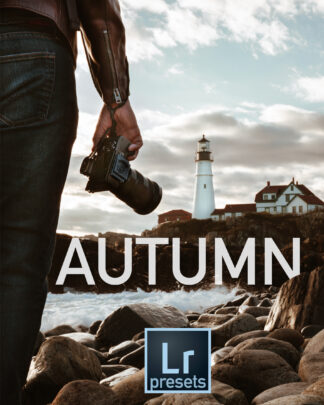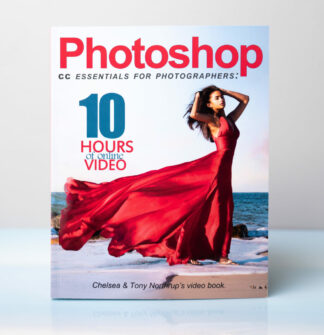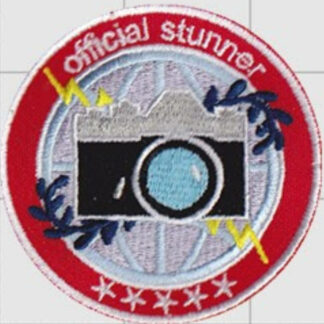Selling prices for used gear vary tremendously. Looking at actual sales of one of my favorite used DSLR recommendations, the Canon 5D Mark II, I see the body only selling for anywhere from $1,100 to over $2,000—with no obvious differences between the items. To make sure that you’re the guy who got the $1,100 steal instead of overpaying by almost 100%, use these tips:
- Check the actual sale prices. Search for your item. Then, in the left page, under Show only, select Sold listings. This shows you actual sale prices for the item, so you know the least you can hope to pay for the item. With patience, you should expect to get your item for within 10% of that price.
- Check multiple stores. In the US, eBay is probably the top market for used camera gear. However, I often find better prices in the Amazon.com marketplace. Simply look up the product you want to buy on Amazon and click the link for used prices. Also look for used equipment at keh.com, cameta.com, adorama.com/c/Used, and bhphotovideo.com.
- Snipe on eBay. eBay’s user interface prompts you to enter a bid and a maximum bid. Your bid takes effect immediately, raising the selling price of the item. If someone outbids you, eBay automatically increases your bid up to your maximum bid. Sniping is the process of using software tools to place a bid at the last few seconds before the auction ends. It sounds evil, but it’s perfectly legitimate, and I highly recommend it because it keeps you out of the excitement of outbidding other people (known as a bidding war), which can cause you to pay more than you originally wanted to. I use the Gixen service, which is free (though I pay an optional $6/year to help support the service). If you pay for Gixen’s service, you can bid on multiple copies of the same item, and if you win one of the auctions, Gixen automatically cancels your other bids. I use this to submit low bids on multiple copies of the same item, increasing my chances of getting a good deal. For example, when I bought a used Canon 7D, the average selling price was $900. I put a $750 bid on about ten different cameras, and got outbid on most of them, but with some patience, my $750 price did eventually win an item.
- Resell bundle items. Often, you can find listings that include the item you want, plus some other items that you don’t want. Check the sales prices of the items you don’t want, and consider buying the entire bundle and reselling the unwanted items. Naturally, you need to figure in the cost of the time it will take you to resell them. However, many of the best deals on eBay come from buying bundled items—particularly unusual bundles. For example, if you want a 5D Mark II, the best deal might be buying a 5D Mark II bundled with an unusual lens, such as anything other than the kit lens, because many people will overlook the listing. It’s downright foolish to sell a camera with multiple lenses and accessories, but it can be very profitable to buy them.
- Count shipping. Though it’s against eBay’s terms of service, some sellers offer low sales prices but overcharge on shipping. Be sure to factor in shipping charges to calculate your total cost for an item.
- Check the currency. If you buy gear from another country, the price might be listed in a different currency. I once thought I bid $30 on a part that I won, only to discover that it actually cost me about $45—because the price of the item was in British Pounds rather than US dollars.
- Don’t sweat shutter count or dust. I’ve never had a shutter fail in a camera, and I have more than a dozen bodies dating back to the 1940s. While shutters do technically have a limited number of actuations, and they’ll eventually break because they are a moving part, it’s a very rare occurrence. A little dust in the lens doesn’t show up in images, either, but many people will avoid listings that show dust—giving you a great opportunity to get a good deal.
- Go off–brand. Products from Tamron, Sigma, Rokinon, Yongnuo, and other third-party lens and flash manufacturers tend to have a lower resale value. This makes them particularly strong used bargains.







Could either of you be kind enough to send me the discount code for keh? Thanks